Don’t water it down
Look at satellite images of the Earth. What’s the first thing that strikes you? Isn’t it the vast expanse of blue, indicating water? Imagine this: Around 76.5% of the Earth’s surface is water. Yet, today, we struggle to ensure that everyone has access to clean water. That’s one of the reasons that we have World Water Day (March 22). This year’s theme is Water for Peace.
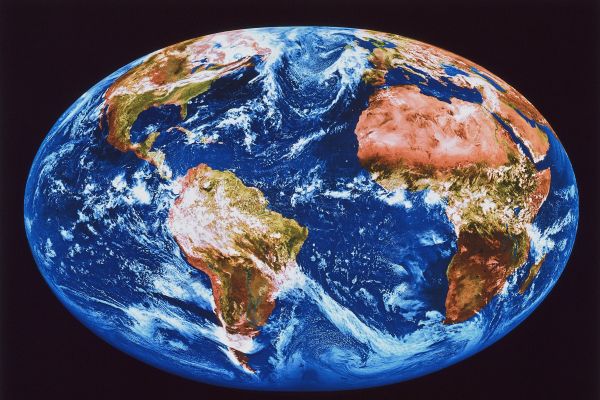
Why Peace? If water is not easily available or is polluted, it can cause problems between people and countries. Rivers and lakes cut across boundaries – both inside a nation and between countries. As human population rises and climate change changes the world, it is more important to protect and conserve this precious natural resource and use it for sustainable development that doesn’t leave anyone out.
So, when we talk about water, we are clearly not talking about the seas and oceans. Where, then, do we get fresh water from? From Glaciers, Rivers, Lakes, Ponds, Rain and Groundwater. Read on to know more about them:
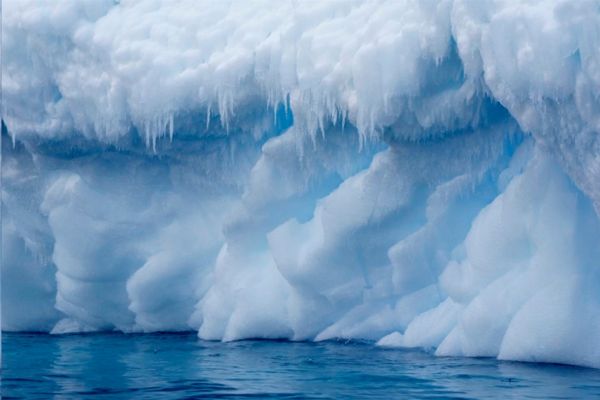
Glaciers: These massive blocks of ice and snow are the largest containers of fresh water. Did you know that 99% of the fresh water is found in the Antarctic and Greenland ice sheets? No wonder, that melting glaciers are a source of concern. Not only do we lose the fresh water they hold, but the water going into the sea causes ocean levels to rise.

Rivers: A flowing stream of water is called a river. Streams, brooks or creeks also have flowing water but these are smaller than rivers. A river’s source can be a glacier on a mountain top or groundwater that bubbles up to the surface. Apart from water, rivers also carry soil and nutrients that help support life along its course. No wonder then that the first human civilisations sprung up along riversides. The Nile is the longest river in the world, covering 6650 km across 10 countries in northern Africa. In terms of volume of flow and drainage basin the largest river is the Amazon in South America, which weaves it way through the complex rainforest ecosystem.

Lakes: By definition, a lake is a body of water surrounded by land. There are 11 kinds of lakes that are further divided into other sub-types. Canada has the largest number of lakes in the world, followed by Finland. While most are freshwater lakes, a few may hold saline water, such as the Dead Sea in the Rift Valley in Jordan. While Lake Baikal in Siberia, Russia, is the largest lake in the world by volume and depth, Lake Superior on the U.S.-Canada border is the largest in terms of surface area. It is also one of the five Great Lakes. England has a region in Cumbria known as the Lake District, which contains 16 lakes.
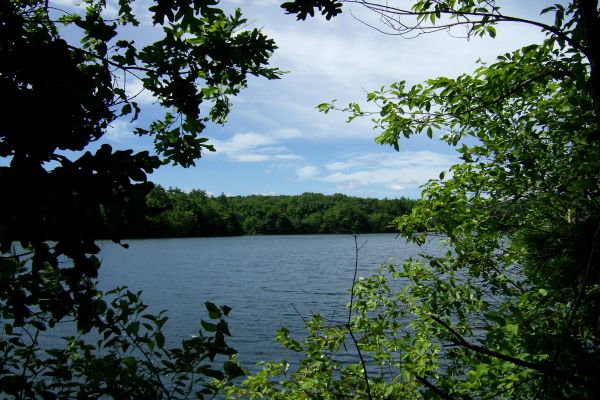
Ponds: Another body of water enclosed by land, ponds are smaller than lakes. There is no specific criteria to differentiate between the two. A pond can be created either by river channels being cut off or animals such as beavers creating their dams or even just be a natural depression on land filled by water. Apart from supporting a variety of plant and animal life, ponds provide water for human use, serve as flood control areas and also help control pollution by absorbing greenhouse gases. Among the most famous ponds in the world are Walden Pond in Massachusetts, the U.S., made famous by the writer Thoreau, and the Giverny Pond in France, immortalised in the paintings of Claude Monet.
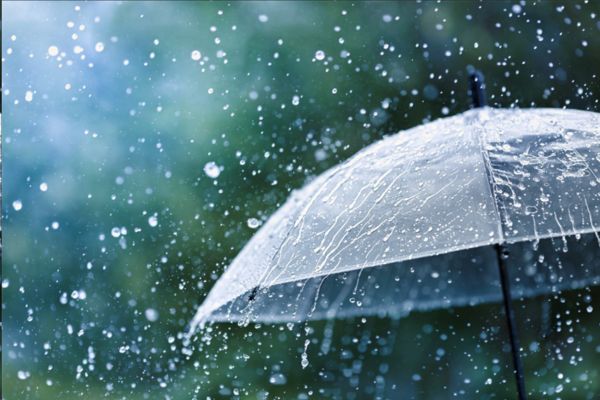
Rainwater: Technically, it is the purest form of water but the pollution caused by industrialisation has led to the phenomenon called acid rain. The simplest explanation for how rain is formed is the water cycle. Water from the earth’s surface evaporates and collects as water vapour in the atmosphere. When the air can no longer hold the vapour, it becomes a liquid again through a process of condensation. When this returns to earth in the form of rain or snow, it is called precipitation. The village of Mawsynram in India’s Meghalaya receives the most amount of rainfall in the world.
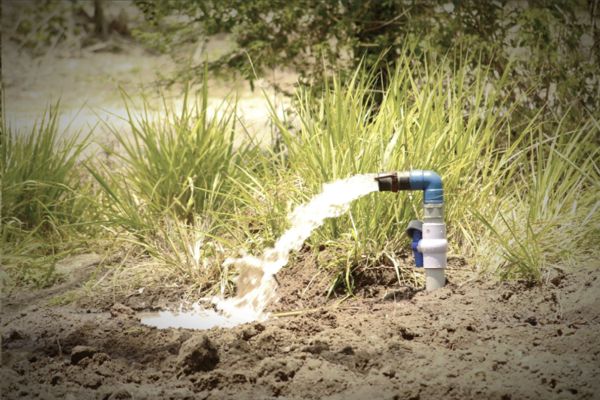
Groundwater: As the name suggests, this is water found under the Earth’s surface. Found in the soil and in the spaces between the rocks, groundwater forms around 30% of the available freshwater in the world. When there is a deposit of enough water for use, it is called an aquifer. Groundwater is found almost everywhere but the level of the water table depends on many factors. While it can be replenished by rain or snow melt or rainwater harvesting, using up groundwater too quickly can cause water shortage in some areas.
Now that you have read all about fresh water sources, try your hand at this activity. These words come from the text you have read. Fit them into the correct spot in the grid.